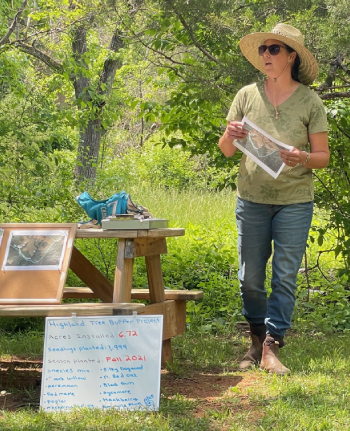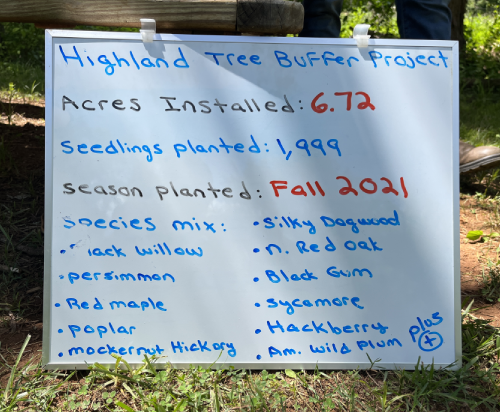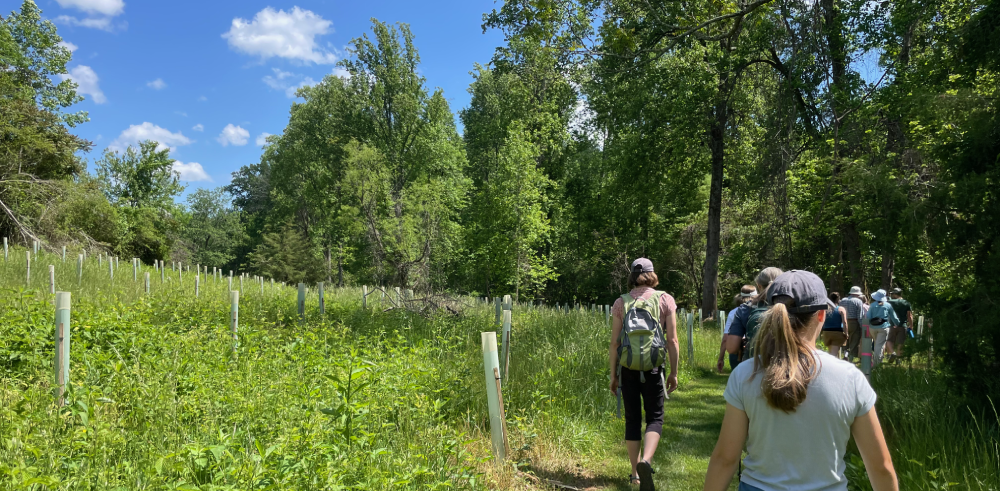Many folks who are reading this have probably heard of James River Association tree planting events, and have probably even participated in one or more. These take place each year in the spring and fall across the Middle James River Watershed. But what goes on in between those plantings?
Prior to getting our boots and gloves dirty, there is a lot of behind the scenes work which has to be done in order to get these projects in the ground. Right now we are in the midst of planning season, where we perform visits to property owners and farms, discussing the nuances of our program and figuring out what the goals of the buffer are going to be.


Not just any ole tree will do! When designing a buffer it is critical to observe the proposed planting area, noting whether it has sun or shade, how wet the soil conditions are, and importantly, what is already growing in the area. Looking at existing species gives us sort of a context clue as to what other tree and shrub species will do well in any given area. Species such as Sycamore, River Birch, and Red Maple indicate wet soils, whereas species like Dogwood, Hackberry, and White Oak prefer drier upland soils. We also need to note any invasive plant species present and determine the appropriate management strategy. Each buffer is unique and has different goals, some people want pretty flowering plants which are good for pollinators, others may want to be able to harvest from their buffer, and sometimes attracting wildlife are the top interest of the landowner.
Next time you are taking a cruise down a backroad and see a buffer project, take a second and think about all the planning season that goes into planting season that JRA or any other organization puts into each new buffer site.

